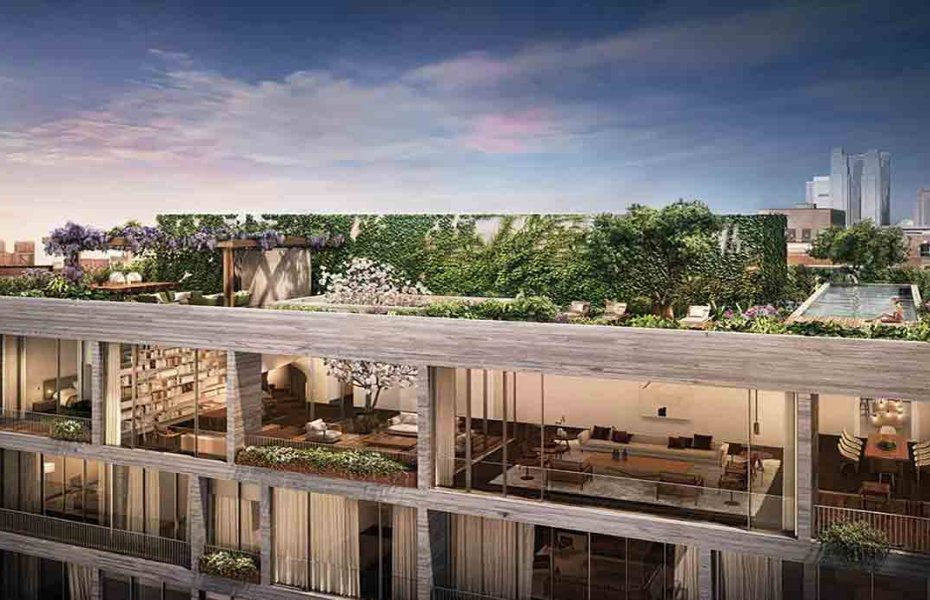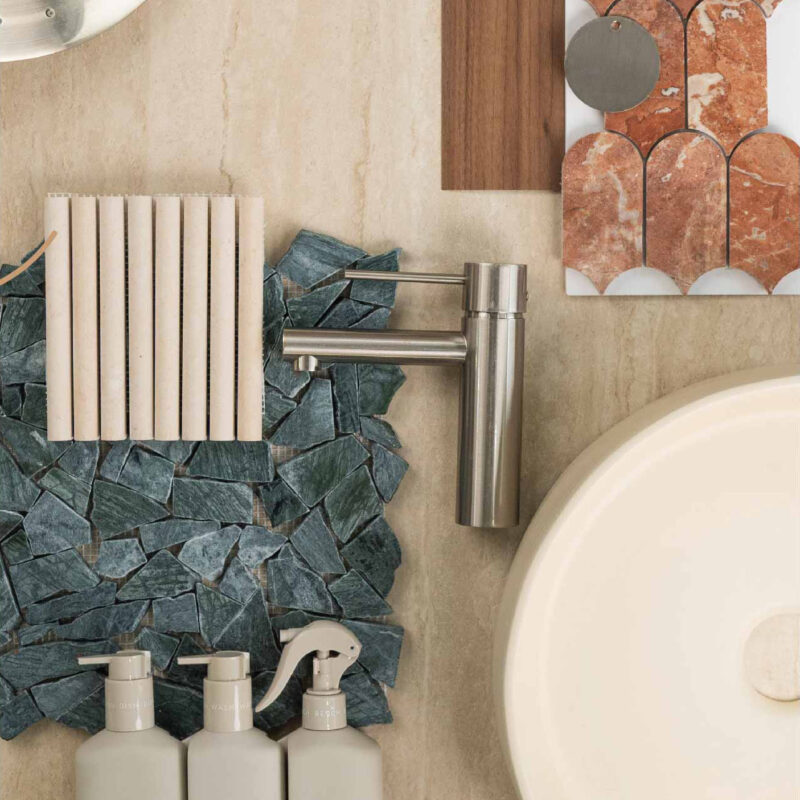
The rapid rate of urbanisation has left numerous cities with a significantly lower number of green surfaces. Not only does this affect the environment, but it also leaves the members of our society with stretches of nothing but grey concrete. Fortunately, the expanding eco-consciousness and responsibility have given another purpose to the modern urban architecture. Nowadays, architects focus on creating buildings that will not only be sustainable, but that will also bring a splash of green to the urban environment. Thus, more and more metropolises are being embellished by pops of greenery on their roofs.
Green Roofs Explained
Green roofs have become one of the most popular trends in the world of design. Aiming for sustainability and a greener future, architects have come up with the idea to cover roofs with vegetation. Over just a few years, green roofs, also called gardens in the sky, have become a world-popular trend, with an increasing number of buildings welcoming it onto their roofs.
However, these roof gardens are more than just green surfaces of potted plants and organic lawns. In fact, the technology behind them is quite complex and multifaceted. Owing to technological advancements, architects have been able to turn their dreams into reality and design stunning roof structures of thriving vegetation and layers of growing media, filter membranes, drainage systems, repellent and waterproof elements, support panels, thermal insulation, vapour control and structural support. Not so simple, is it?
Furthermore, it’s important to mention that there are different types of green roofs. Depending on their volume and required maintenance, green roofs can be extensive, semi-intensive and intensive. While extensive rooftop gardens are typically self-sustaining, intensive green roofs require regular maintenance and proper irrigation.
Image source: ownaspace.com
What Green Roofs Bring To The Table
Not only do gardens in the sky enhance the aesthetics of urban buildings, but they also bring some invaluable benefits for both the environment and building occupants. Namely, featuring a rich collection of plant species, gardens in the sky can enhance biodiversity. Furthermore, green roofs can also significantly improve the air quality, effectively manage stormwater, decrease the spread of dust and reduce the urban heat island (UHI) effect.
Moreover, green roofs offer numerous benefits for homeowners and residential properties, too. They can improve the energy-efficiency of a home, enhance its heat and noise insulation and decrease electromagnetic radiation. Therefore, it’s no wonder that an increasing number of homeowners are deciding to introduce green roofs and walls to their homes, as well. With the help of an architect, affordable scaffolding hire service and a solid plan, any homeowner can bring this green addition to their own property and reap all the aforementioned benefits.
Image source: Pinterest.com
The Roots of Green Roofs
The idea behind green roofs is centuries old, with the first green roofs having been designed in the not-so-distant northern Scandinavia. The first gardens in the sky appeared in the form of sod roofs that were used to stabilise watertight roof elements, known as birch barks.
Soon enough, or in the 60s, to be more precise, green roofs, as we know them today, appeared in Germany. During this period, their aim was to preserve energy and contribute to the environment. Germany is still the leading supporter of gardens in the sky, but this sustainability trend has taken Europe and the rest of the world by storm. Nowadays, the world’s largest area of green roofs per capita lies in the city of Basel, Switzerland. In fact, according to the European Climate Adaptation Platform, a law passed in 2002 stipulates that all flat roofs in Basel, whether new or renovated, must be “greened”.
The overview of the past and present leaves a promising outlook for the future. With the growing popularity of urban ecology, we can expect an increasing number of urban centres to embrace green roofs. Furthermore, the ultimate goal of Stefano Boeri architects, who designed the “Bosco Verticale” or “Vertical Forest”, is to design the prototype of a forest city that may become reality sooner than we think.
Image source: Pinterest.com
The World Gardens In The Sky
With the growing popularity of green roofs, their number is on the rise across the globe. Gardens by the Bay are one of the most stunning examples of this trend. Located in Singapore, this botanical garden is actually a massive urban park nestled on the roof of a skyscraper. It consists of massive greenhouse domes, artificial trees and 50-metre-high greenery. The city of Singapore is also a home to a stunning high-tech vertical farm that features an innovative hydraulic rotating mechanism. Other stunning examples include Marina Bay Sands Skypark, the Pinnacle at Duxton, the world’s two longest gardens in the sky, and others.
The stunning trend of gardens in the sky is transforming the green urban architecture, enriching urban metropolises with stretches of green, living surfaces.
Written By: Lana Hawkins
Editor-in-Chief, Smooth Decorator
https://smoothdecorator.com




